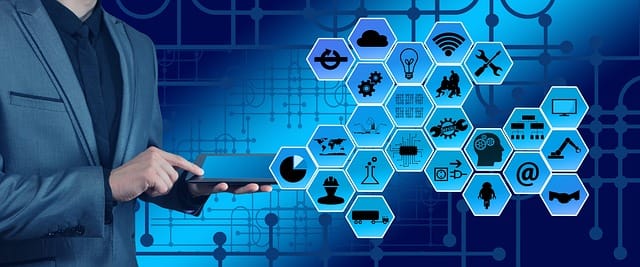The Future of HR: Embracing the Power of Headless HR Systems

In the ever-evolving world of human resources, staying ahead of the curve is crucial. As technology continues to transform the workplace, one emerging trend that HR professionals need to keep an eye on is the rise of headless HR systems. But what exactly are these systems, and how can they benefit your organization? Let's dive into the fascinating world of headless HR systems and explore why they might just be the future of HR technology.
What Are Headless HR Systems?
Imagine your favourite superhero shedding their cape and mask to become even more adaptable and powerful. That's essentially what headless HR systems do for HR technology! At its core, a headless HR system separates its backend functionality from the frontend user interface. Unlike traditional HR systems, where the backend processes and user interface are tightly integrated, headless HR systems use Application Programming Interfaces (APIs) to connect the backend functions with various frontend interfaces. This decoupling allows for greater flexibility and customization, enabling organizations to integrate HR functionalities into their preferred platforms, applications, or interfaces.
The Benefits of Going Headless
- Enhanced User Experience: Picture this—your HR platform as a customizable playlist on your favourite music streaming app. Headless HR systems let you create a seamless and personalized user experience across different platforms. By decoupling the front end and back end, companies can create custom interfaces that best suit their needs while utilizing the powerful backend functionality of their HR systems.
- Future-Proofing: As technology evolves, so do user expectations. With a headless architecture, organizations can update or change their frontend interfaces without overhauling the backend system. This flexibility ensures that your HR system remains relevant and adaptable to future technological advancements.
- Interoperability: Headless HR systems offer improved compatibility with other business applications, such as Enterprise Resource Planning (ERP) and Customer Relationship Management (CRM) systems. This integration capability streamlines workflows and enhances overall operational efficiency.
Real-World Applications
The adoption of headless HR systems is not just theoretical. Many forward-thinking organizations are already reaping the benefits. For instance, tech-savvy companies are integrating HR functionalities into their collaboration tools like Slack and Microsoft Teams, making HR processes more accessible and engaging for employees. Case in Point: XYZ Corporation integrated their HR system with Slack, allowing employees to request time off and access payroll information directly from the chat platform, significantly improving user satisfaction and efficiency.
Challenges to Consider
While the advantages are compelling, it's essential to be aware of the challenges associated with headless HR systems:
- Complexity: Implementing and maintaining a headless architecture can be complex, requiring significant technical expertise.
- Cost: The initial setup and integration costs can be higher compared to traditional systems.
- Management: Ensuring all components work harmoniously together requires careful management and ongoing attention.
Future Trends
The trend towards headless HR systems is expected to grow, driven by the need for more flexible, customizable, and integrated solutions. As organizations increasingly prioritize user experience and operational efficiency, the adoption of headless HR systems will likely become more widespread.

Conclusion
Headless HR systems represent a significant shift in how HR technology can be implemented and utilized. By offering enhanced flexibility, improved user experience, and greater interoperability, these systems are poised to become a cornerstone of modern HR practices. For HR professionals looking to stay ahead of the curve, understanding and embracing the potential of headless HR systems will be crucial.